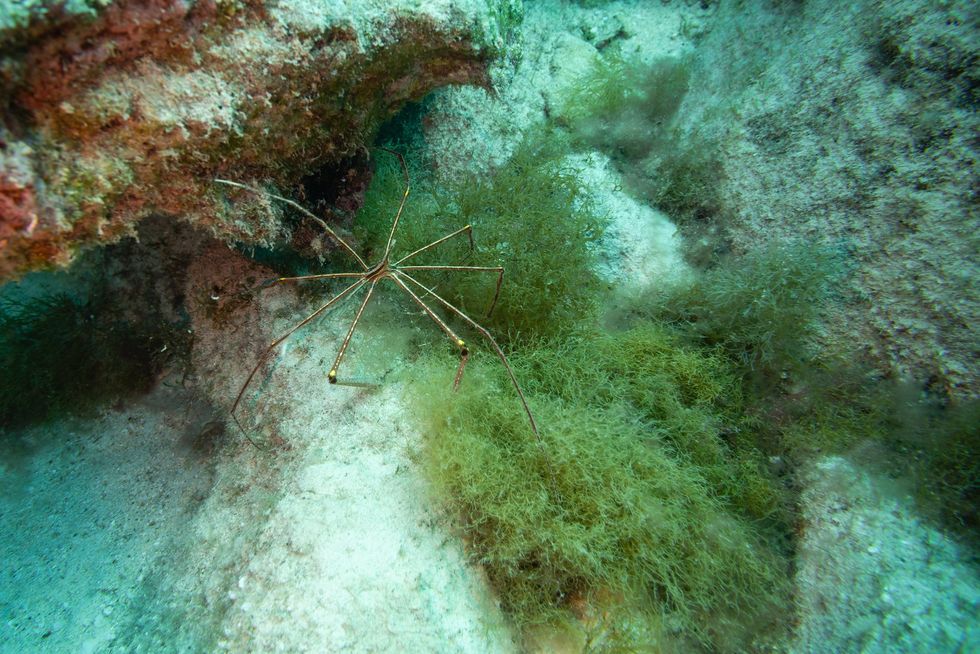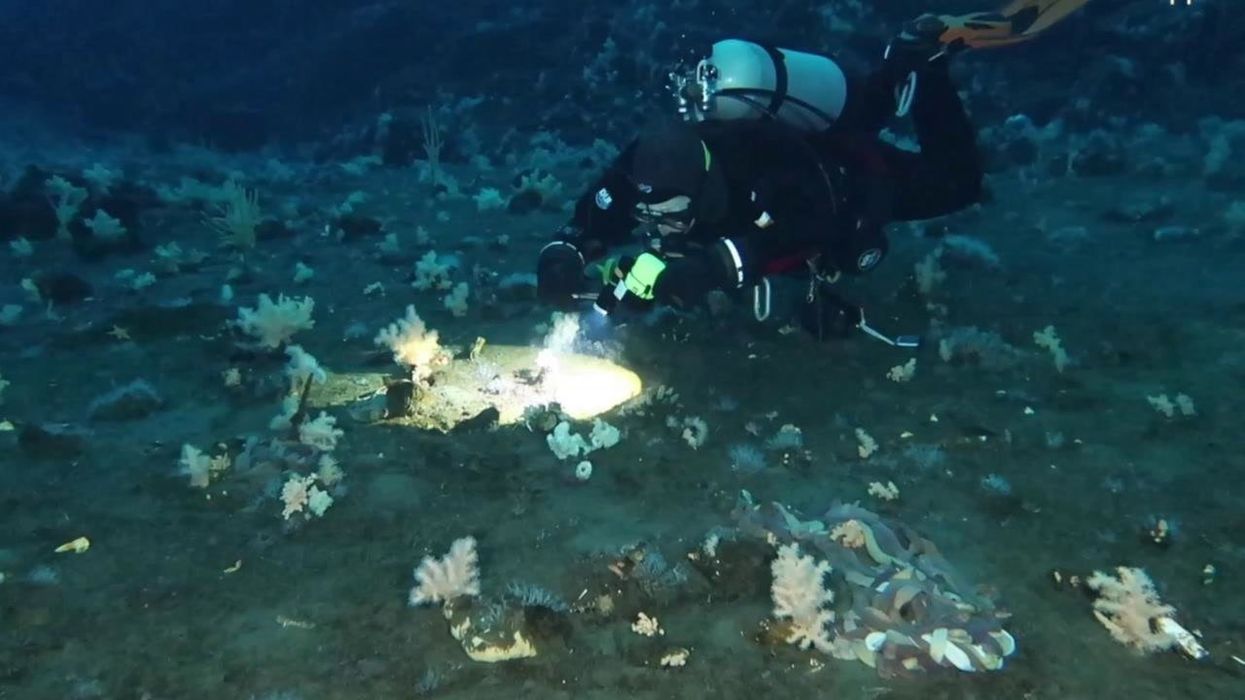Harry Fletcher
Feb 20, 2024
The mysteries of giant sea spider reproduction are discovered in Antarctica
StringersHub / VideoElephant
It’s a mystery that’s confused scientists for years, but experts have finally worked out how giant Antarctic sea spiders reproduce.
The chances are you've never even heard of giant Antarctic sea spiders, but it’s an area of research that’s confounded scientists for 140 years.
New findings published in Ecology show how researchers at the University of Hawaiʻi at Mānoa uncovered secrets about the elusive species.
The sea spiders in Antarctica and the Arctic have grown to be many times larger than species across the rest of the world due to the phenomenon of "polar gigantism” and they can often measure more than a foot in diameter.
Until now, the manner in which sea spider babies were born was unknown, but the team of researchers dived into the icy conditions and made an incredible discovery.
Lead researcher Amy Moran said: "In most sea spiders, the male parent takes care of the babies by carrying them around while they develop.
“What's weird is that despite descriptions and research going back over 140 years, no one had ever seen the giant Antarctic sea spiders brooding their young or knew anything about their development."

After recovering spiders that appeared to be mating, the team observed the creatures laying thousands of eggs at the bottom of the tanks they were being held in.
Then, one parent stayed with the eggs for two days and attached them to the rocky surface, where they stayed before hatching as larvae two months later.
It’s unsurprising, given the size of the eggs, that they weren’t observed before. To make things even more difficult to see, they were also soon covered with algae.
School of Life Sciences Ph.D. student Aaron Toh, who is part of the research team and was there when the discovery was made, said: "We were so lucky to be able to see this. The opportunity to work directly with these amazing animals in Antarctica meant we could learn things no one had ever even guessed."
Sign up for our free indy100 weekly newsletter
How to join the indy100's free WhatsApp channel
Have your say in our news democracy. Click the upvote icon at the top of the page to help raise this article through the indy100 rankings
Top 100
The Conversation (0)














